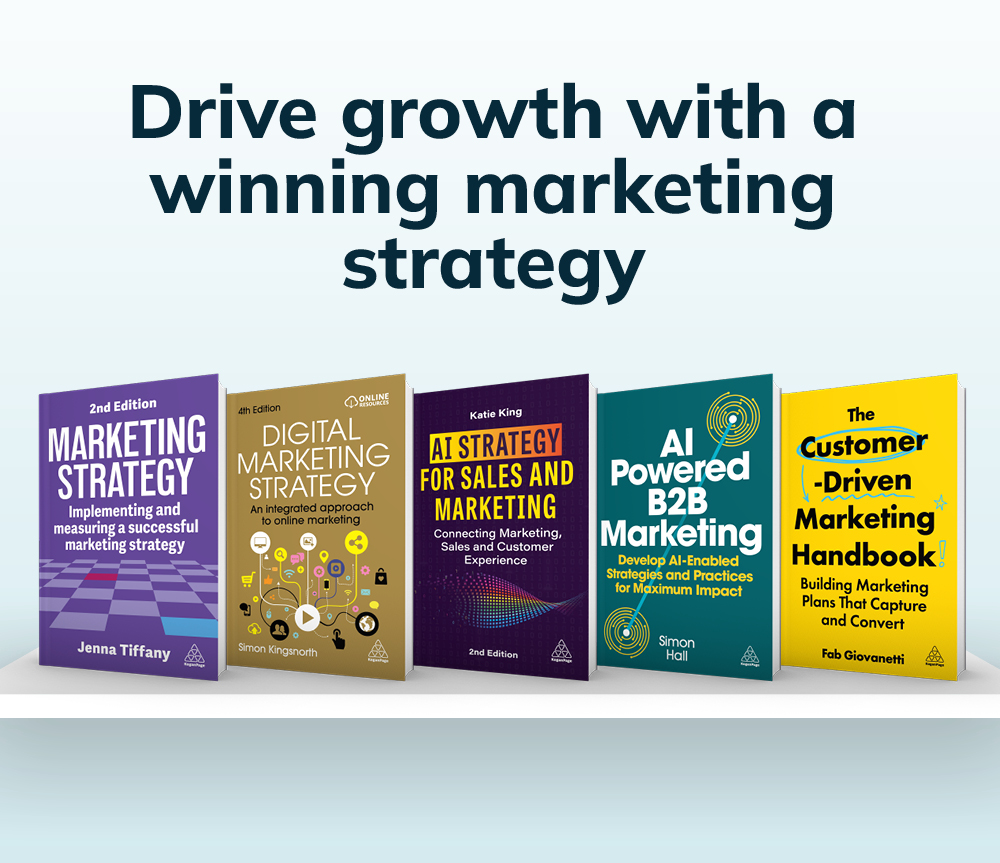Get a FREE ebook with your print copy when you select the "bundle" option. T&Cs apply.
Marketing & Sales Books
Latest books in Marketing & Sales
Trending books
Latest insights in Marketing & Sales
Marketing & Sales, Employee Experience Accessibility is not a tick box. Learn what accessible communication is, why it matters beyond compliance, and how it strengthens brand strategy, trust, and reach.
Digital Marketing, Branding This extract from Social First Brands by Tom Miner explains how strategic commenting powers outbound social engagement, grows brand reach and supports community building.
Branding, Marketing Strategy & Planning, Strategy & Planning When ads spark backlash, brands risk losing trust. Discover how marketers can prevent missteps and pivot effectively to protect reputation.







